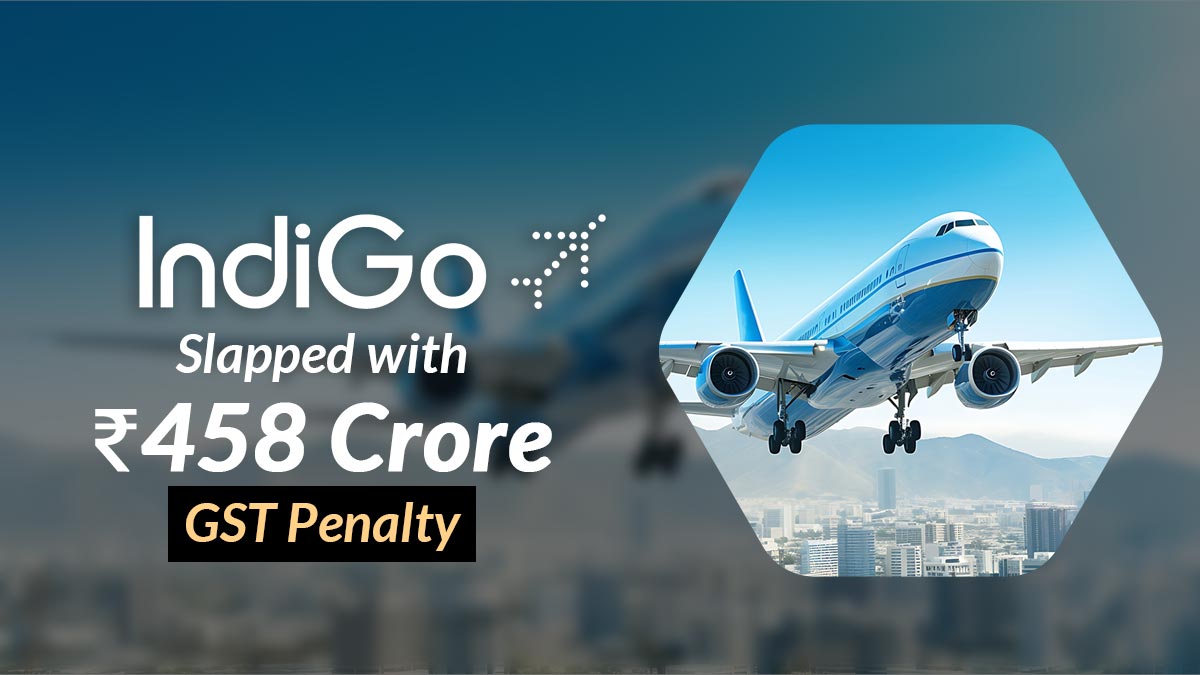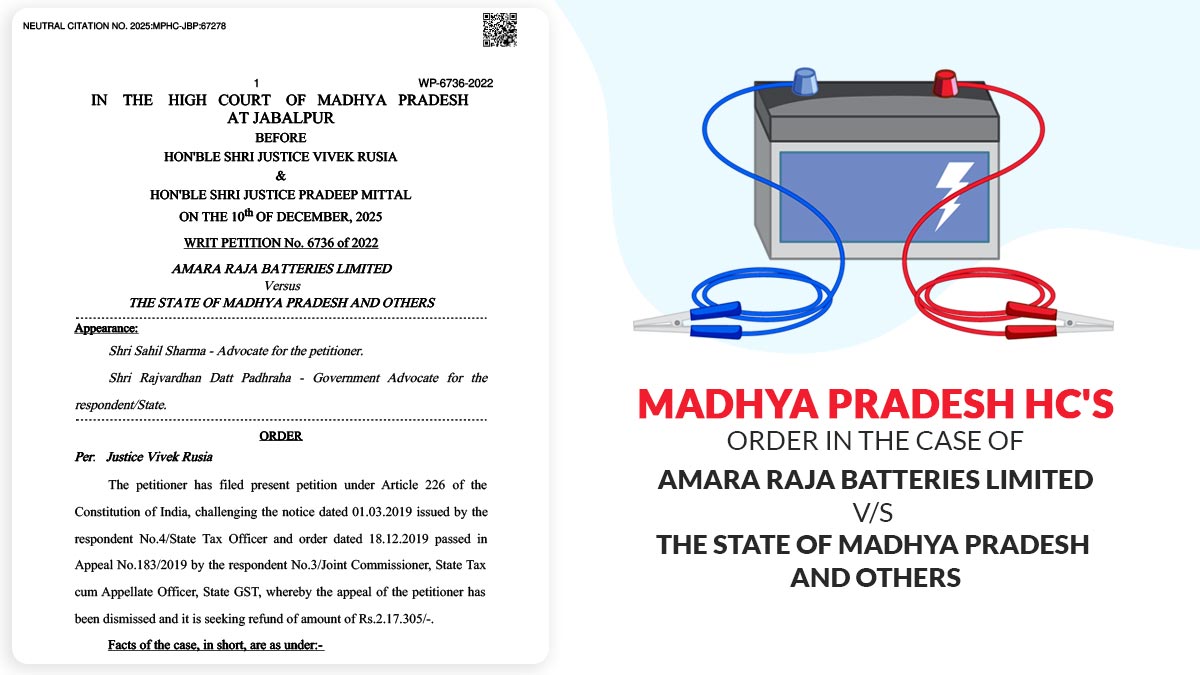
Low-code and open-source solutions can improve digital sovereignty and interoperability by making software creation more accessible to a wider range of users.
Businesses and society as a whole are growing increasingly reliant on other nations as they become more dependent on data. The fact that 92% of the data created in the Western world is housed on US servers serves as an excellent illustration of this. Furthermore, it is getting harder to transfer data to other platforms in other nations as the amount of data keeps increasing. This is where digital sovereignty, the concept that individuals and organizations should be in charge of and own their own data, is becoming more and more important.
In the era of the internet, digital sovereignty has been elevated to a top concern. This is because data is generally governed by the laws and rules of the country in which it is gathered and maintained. The European General Data Protection Regulation (GDPR), which lays out the essential criteria for the management of data belonging to EU people wherever in the world, serves as possibly the finest example of the notion of digital sovereignty. Despite the fact that the EU lacks jurisdiction over third nations, it is nonetheless able to enforce these regulations through means like a foreign company’s presence or assets on EU soil or through the application of international law. Similar in scope and intent is the California Consumer Privacy Act (CCPA), which is also a result of GDPR’s expanding worldwide reach.
Digital sovereignty on a personal level is about granting individuals ownership of their data and the authority to manage its usage as well as make a request for its deletion. The same is true for businesses since they are unable to ensure compliance with regulations like GDPR if they are unaware of or have no control over the actual location of their data.
Since European enterprises nearly always rely on services offered by the US and apps stored on US-based servers, the current position is extremely troublesome for nations like EU member states. For instance, because VeriSign, a business located in Virginia, manages the.com domain, any website or email address with that extension eventually falls under US law. According to the concept of “digital sovereignty,” nations should ultimately have authority over their own digital destinies, just like companies and people do.
How Open Source Promotes Power of Digitalization and Compatibility
The average number of applications used by organizations today is 88, with bigger companies installing over 175 apps, according to Okta’s 2021 Business at Work study. Amazon Web Services (AWS), Microsoft 365, Zoom, and DocuSign are some of the most used platforms and tools in the workplace. These companies all have US-based headquarters. Despite the fact that all of the main cloud service providers have international infrastructures, they cannot provide total digital sovereignty. For instance, US law permits the government to access, in some situations, data held by US technology businesses, regardless of where that data is physically located.
Although they are actually housed on servers running the open-source Linux operating system, the majority of today’s business computing systems primarily rely on closed-source solutions, such as those mentioned above. Because nearly all of these solutions are provided by or depend on US-based technology businesses, achieving digital sovereignty in a closed-source environment is almost impossible. This is why, ever since its debut in the late 1990s, open source has been essential in promoting digital sovereignty. Additionally, it explains why practically all data centres and supercomputers utilize a unique Linux distribution.
Open source is much more than simply technology and code. It is a way of thinking, and software behemoth Red Hat may have best encapsulated it in its five guiding principles: open exchange, participation, meritocracy, community, and release early and frequently. Because they both adhere to the same ideas, open source has digital sovereignty built into it as a result. In other words, open-source grants businesses full control of their software, enabling them to fulfil the requirements of digital sovereignty.
The issue with today’s digital infrastructure is that it is mostly constructed using a network of products offered by the biggest IT corporations in the world. These frequently restricted ecosystems are protected from open and public innovation and are all too frequently burdened with corporate or governmental supervision.
Important: Real Benefits of Low-code for Business Process Management
Globally speaking, this has forced several nations, especially those in developing regions, to trade their digital freedom for modernity or, in some circumstances, self-imposed digital isolation. The same holds true for businesses in all sectors, who can be forced to decide between being reliant on particular providers or spending a lot of money creating their own solutions from start.
Interoperability, which is essential for establishing an equal technological environment, goes hand in hand with digital sovereignty. The EU has made it a high priority to push for universal USB-C charging options, as seen by the recent introduction of a new law requiring phone makers selling their products in the EU to comply. Unsurprisingly, Apple, one of the biggest closed-ecosystem technology businesses in the world, which utilizes its own proprietary Lightning connection, quickly denounced this. The same naturally holds true for Apple’s iOS and macOS platforms, which are totally closed ecosystems in contrast to Google Android, which is based on Linux.
This lack of compatibility is less of an issue for customers. For instance, Apple still projects an image of exclusivity despite the fact that many of its users only own iPhones and MacBooks. However, given the rising complexity of technology and the need to accommodate an ever-larger spectrum of end users, business users find the lack of interoperability in closed-source ecosystems to be a major challenge. After all, few companies can afford to run their operations in a bubble. The fact that even Microsoft has been striving to improve support for and compatibility with Linux is one of the reasons for this.
In order to empower interoperability and digital sovereignty for organizations, corporations, and governments alike, open-source is crucial. As a result, it has become crucial for driving innovation in a world that is increasingly moving toward digital technology in both the public and commercial sectors.
Low-code Development Obtains Digital Sovereignty for Assemblies
Smaller businesses still have a long way to go before achieving full digital sovereignty, even though open-source software currently plays a crucial role in corporate computing behind the scenes by often powering the servers serving cloud-hosted apps. For instance, despite being one of the biggest technological companies in the world, Amazon Web Services (AWS) powers its cloud services using its own Linux distribution.
Although not many businesses have a need to create their own operating systems, every company has certain objectives and requirements that cannot always be met by commercial software. Even in cases when commercial software does provide a workable answer, the problem of digital sovereignty is frequently the first to surface, particularly when it comes to platforms managing extremely sensitive data, like patient management systems in the healthcare industry.
Although it is sometimes stated that every business is now a technology business, this does not always mean that every business has in-house software development teams creating customized apps. A potential option is to outsource the creation of bespoke software, although this strategy has its own share of drawbacks, including poor quality control and problems with cooperation.
Now that open-source software and low-code software development are combined, businesses may create custom solutions without being constrained by vendor lock-in. It is no longer necessary for just the most powerful countries and enterprises in the world to have the luxury of achieving digital sovereignty. Citizen developers, or corporate users with little to no experience in software development and coding, may also access it thanks to low-code platforms.
Companies must be able to use their own knowledge and maintain total control over their operational infrastructure and data while developing mission-critical apps. Low code enables them to accomplish these objectives by drawing on the prior work of industry experts and personalizing it without the burden of traditional software development. They may avoid the issue of vendor lock-in by maintaining their operations and infrastructure’s independence from any one technology supplier, thanks to this self-sufficient strategy.
What Attributes Define an Open Low-code Platform?
Software must have open-source status for its source code to be freely accessible to the public. This implies that anyone with the required programming knowledge is free to change the code however they see fit. The Linux kernel is possibly the most well-known example since its open-source nature has resulted in the creation of more than 600 different distributions, with hundreds more now under active development. Additionally, software businesses themselves can build their own products on top of open-source software, which they can then sell. In the case of LCDPs, this implies that these businesses may create their own software much more quickly to meet particular client demands.
The freedom to edit the source code is just one aspect of open-source software. Freely accessible open-source software aids in overcoming interoperability problems and prevents vendor lock-in. Through the use of APIs and open programming standards, interoperability is given priority by developers of open-source editor software.
Any low-code LCDP shares this trait. As a result, businesses employing an open-source LCDP may benefit from improved departmental and company-wide cooperation that includes both business experts and skilled software engineers. Because of this, LCDPs are a no-brainer for any business creating custom software solutions.
An open-source LCDP has no inherent vendor lock-in, which gives companies the freedom to host it on any platform they want. They can host it, for instance, in a colocation facility, a public or private cloud, an internal data centre, or another place without having to worry about paying expensive data egress costs when switching vendors. Additionally, they are free to decide whether to use internal or external consulting services and who will maintain their platform.
Organizations adopting the open-source low-code development platform may attain complete digital sovereignty and the freedom to cooperate with the larger community thanks to these advantages, which in turn create a totally open ecosystem.
Who Gains Better From the Digitalization Powers?
According to the idea of “digital sovereignty,” each person, organization, and country should be in charge of their own data and digital future. As a result, everyone may benefit from digital sovereignty.
However, there are some sectors of the economy where digital sovereignty is a practical, moral, or even a legal requirement. Urban planning and smart cities, for instance, rely on extremely complex, linked technological ecosystems. As a result, businesses must adopt an API-centric strategy and, at all costs, prevent vendor lock-in, especially when those suppliers are based in other countries.
The same is true for crucial infrastructure, the government, and the military—sectors that obviously require total control over the technological resources on which they are growing more and more dependent. Several high-profile incidents, such as the UK’s ban on the Chinese technology company Huawei from the nation’s 5G infrastructure, serve as examples of the necessity for this.
Financial, legal, and healthcare sectors all deal with highly sensitive and regulated data, making digital sovereignty important in these fields as well. Such information normally has to be kept in the same country as the individuals to whom it belongs.
Another area where sovereignty is essential is the management of the supply chain. This is because without it, control over these increasingly enormous and complicated supply networks would be impossible.
Closure: In order to protect digital sovereignty, an open-source LCDP combines the inherent advantages of open-source software with the ability to make software development available to business users rather than just programmers. Without having to retain expensive in-house software development teams, enterprises may preserve control over their digital futures in this way. Additionally, there is no danger of vendor lock-in because open-source software is supported by the community rather than a single entity.
A genuinely open-source platform allows for limitless data and application imports and exports simply because the user has full control over the code. Because of this, minimal code and open source are indisputable leaders in the software industry and crucial components of digital sovereignty.








